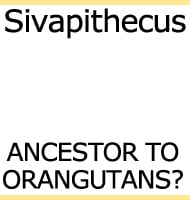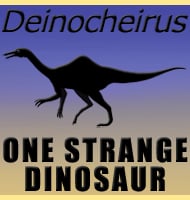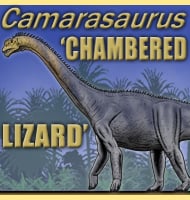In Depth
Paraplacodus was very similar to another placodont named Placodus, hence the name which means ‘almost Placodus’, and as such it would have looked like a cross between a newt and a marine iguana with small teeth that protruded from the front of the mouth. These teeth would allow for a feeding behaviour where they were used to pick up shellfish from the sea floor so that the robust flatter teeth towards the back of the mouth could crush the shell and allow Paraplacodus to eat the soft flesh within.
Overall Paraplacodus was morphologically similar to Placodus, and even shared the same rib development which saw the ribs curving backwards to give better protection to the lower internal organs. However it still had some notable key differences the most visible being the skull. The skull of Paraplacodus was more proportionately shorter and more gracile than that of the larger Placodus, and also had a more gently curving snout. The front teeth of Paraplacodus were positioned to point further forwards from the mouth, while the rear teeth were smaller but numerous. The orbital fenestra was also proportionately larger than that of Placodus.
The skull differences between Paraplacodus and Placodus suggest that while these two placodonts were similar, they may have gone for different types of shellfish. The gracile skull of Paraplacodus hints that it had a weaker bite than the more robust Placodus, and so it may have preferred prey that had thinner shells. This also explains the slightly different dentition of Paraplacodus which would enable it to get a finer grip on the thinner shell of a prey animal without breaking it before getting it to the rear teeth.
Paraplacodus also has an association with another placodont called Saurosphargis.
Further Reading
– Paraplacodus and the phylogeny of the Placodontia (Reptilia: Sauropterygia). – Zoological Journal of the Linnean Society vol 130, Issue 4 – Olivier Rieppel – 2000.










